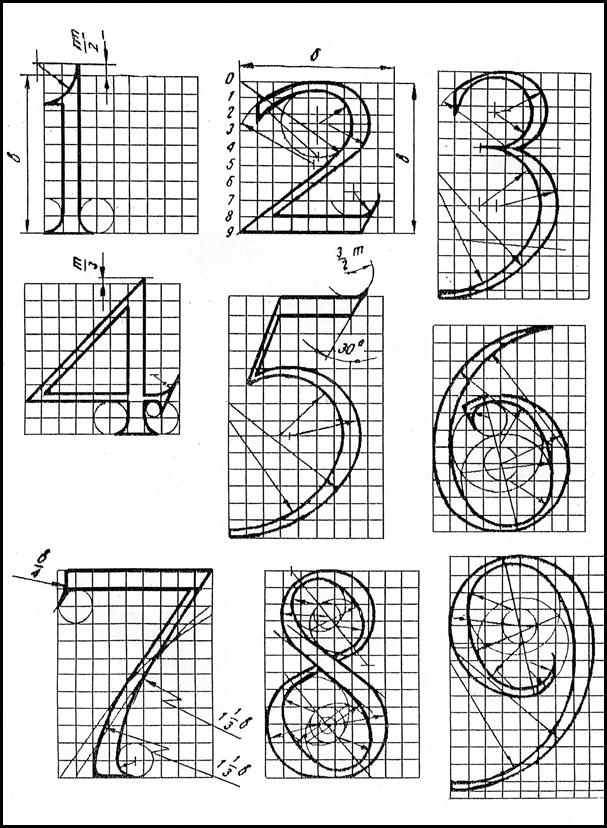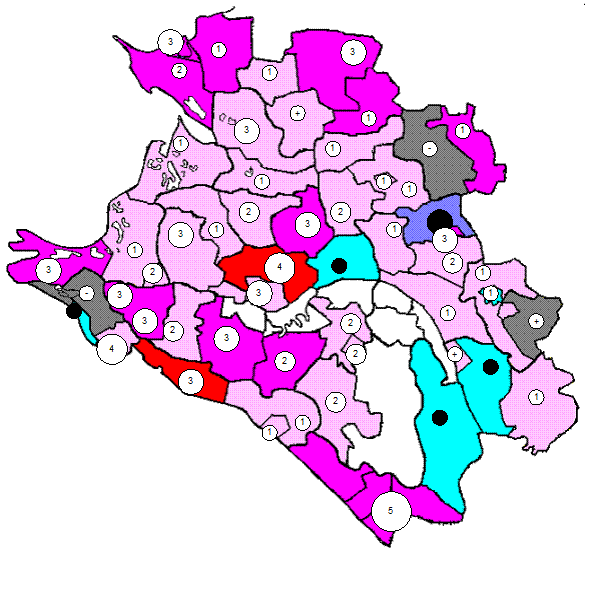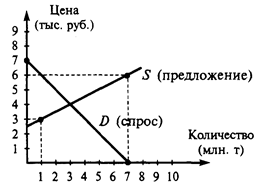Simple assignment
The = operator is called the simple assignment operator. If the left operand of a simple assignment is of the form E.P or E[Ei] where E has the compile-time type dynamic, then the assignment is dynamically bound (§7.2.2). In this case the compile-time type of the assignment expression is dynamic, and the resolution described below will take place at run-time based on the run-time type of E. In a simple assignment, the right operand must be an expression that is implicitly convertible to the type of the left operand. The operation assigns the value of the right operand to the variable, property, or indexer element given by the left operand. The result of a simple assignment expression is the value assigned to the left operand. The result has the same type as the left operand and is always classified as a value. If the left operand is a property or indexer access, the property or indexer must have a set accessor. If this is not the case, a binding-time error occurs. The run-time processing of a simple assignment of the form x = y consists of the following steps: · If x is classified as a variable: o x is evaluated to produce the variable. o y is evaluated and, if required, converted to the type of x through an implicit conversion (§6.1). o If the variable given by x is an array element of a reference-type, a run-time check is performed to ensure that the value computed for y is compatible with the array instance of which x is an element. The check succeeds if y is null, or if an implicit reference conversion (§6.1.6) exists from the actual type of the instance referenced by y to the actual element type of the array instance containing x. Otherwise, a System.ArrayTypeMismatchException is thrown. o The value resulting from the evaluation and conversion of y is stored into the location given by the evaluation of x. · If x is classified as a property or indexer access: o The instance expression (if x is not static) and the argument list (if x is an indexer access) associated with x are evaluated, and the results are used in the subsequent set accessor invocation. o y is evaluated and, if required, converted to the type of x through an implicit conversion (§6.1). o The set accessor of x is invoked with the value computed for y as its value argument. The array co-variance rules (§12.5) permit a value of an array type A[] to be a reference to an instance of an array type B[], provided an implicit reference conversion exists from B to A. Because of these rules, assignment to an array element of a reference-type requires a run-time check to ensure that the value being assigned is compatible with the array instance. In the example string[] sa = new string[10]; oa[0] = null; // Ok the last assignment causes a System.ArrayTypeMismatchException to be thrown because an instance of ArrayList cannot be stored in an element of a string[]. When a property or indexer declared in a struct-type is the target of an assignment, the instance expression associated with the property or indexer access must be classified as a variable. If the instance expression is classified as a value, a binding-time error occurs. Because of §7.6.4, the same rule also applies to fields. Given the declarations: struct Point public Point(int x, int y) { public int X { public int Y { struct Rectangle public Rectangle(Point a, Point b) { public Point A { public Point B { in the example Point p = new Point(); the assignments to p.X, p.Y, r.A, and r.B are permitted because p and r are variables. However, in the example Rectangle r = new Rectangle(); the assignments are all invalid, since r.A and r.B are not variables.
|




